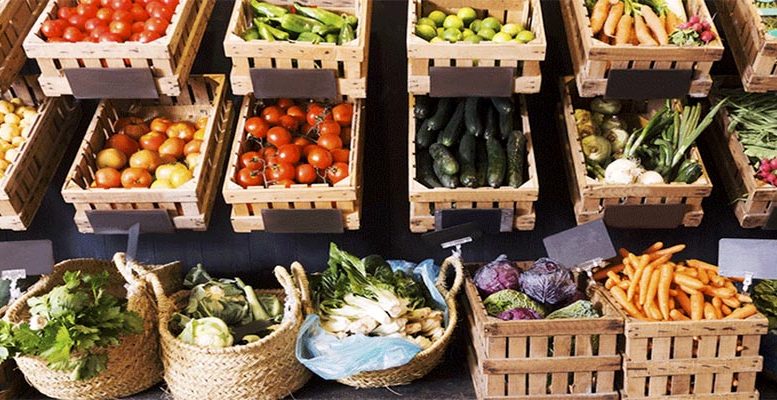Fernando González Urbaneja | The CPI for March (+3%), which raises the year-on-year rate to 9.8%, is an outstanding fact, a major one, enough to stop the machines and turn to Saint Ignatius and his existential questions: where are we and where are we going? The cold data, released by the INE, coincides with the presentation in Congress of the urgent shock measures adapted by the government to deal with the effects of the war. Specifically the massive and generalised escalation of prices and the social unrest that has spread to the streets. The problem is that the measures come too late and fall short. The reality is worse than what motivated the measures.
The threat of rising inflation dates back to last autumn, with energy (oil, gas and electricity) as the determining factor. Rises in all energy products caused by external factors (less supply of oil and gas) and by price formation mechanisms (electricity) overwhelmed by the above. The victims of this phenomenon are the countries with high energy dependence, with Spain and Europe in the lead.
The political response has been slow and overly cautious. The central banks have not been very accurate in their revisions either; at end-last year they maintained this was a temporary phenomenon that would fade away by 2022. Gas and oil futures contracts suggested as much. Nobody imagined that Putin was preparing an invasion of Ukraine that would turn into a war with devastating consequences for energy markets.
For the Spanish government, decoupling the wholesale price of electricity from the price of gas was the decisive objective to reduce electricity tariffs and contain the price race. But gas and electricity have been joined this year by the price of a barrel of oil, which, at over $100, is dragging down fuel prices (petrol and diesel), which have risen by around 30% this year. This is pushing up production and transport costs to provoke an explosion in the expectations of economic agents. An accelerated contagion effect under the old principle that “if you don’t ask, you don’t get.”
All groups with the capacity to protest and exert pressure have launched themselves to demand subsidies, price/tariff increases, tax reductions… a race to gain an advantage, not to lose… The aim of all is to bring their income (prices, tariffs, incomes ….) into line with the CPI which, relentlessly and impenitently, measures every day the composition of a shopping basket that is becoming more expensive just because or just in case.
Stopping a race that resembles that of a full theatre listening to the cry “fire” is a political and moral task that requires credible voices, calm messages and medium-term commitments. Decoupling the CPI from the price race is complex; at least we could try to put the energy phenomenon aside with a precise, specific and urgent treatment and place the underlying CPI, which does not include energy and unprocessed food prices subject to volatility, at the forefront, at least for the remainder of the year. At least to gain perspective and time. Sacralising a year-on-year CPI on the verge of 10% as the main reference is the closest thing to economic suicide. Would a price pact be possible, decoupling today’s CPI for the remainder of the year? To stop the inflationary race is to build a future with hope.





